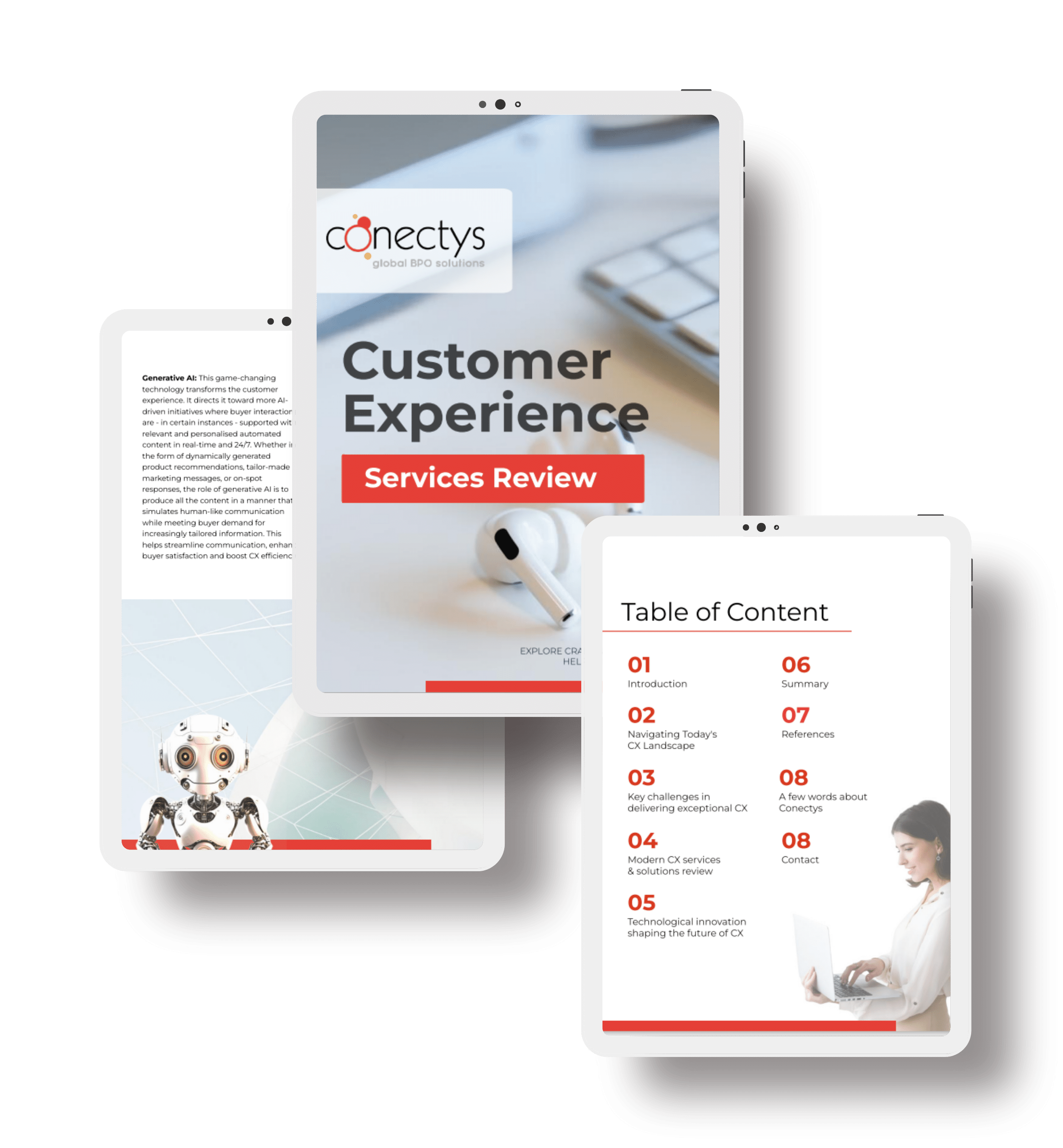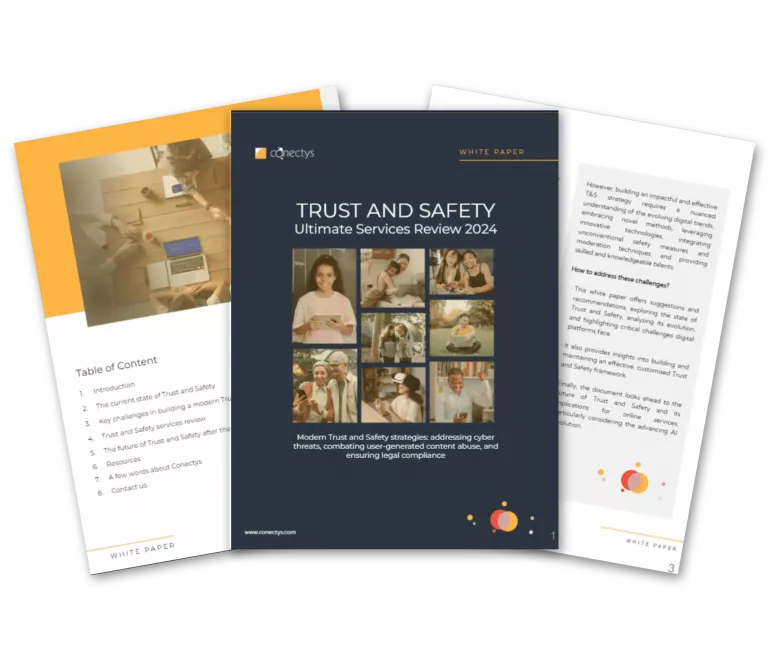What is the call center service level?
The call center service level (CSL) is a crucial metric that allows companies to assess customer service performance through phone calls. Service level refers to the percentage of calls answered within a specific time frame. It measures how efficiently and responsively call center representatives address customer inquiries and resolve issues promptly.
Representatives may handle problem-solving related to product inquiries, payments, technical issues, complaints, returns, etc. While calls represent the primary communication channel in most support centers, evaluating their management promptness and effectiveness helps identify weaknesses. This evaluation uncovers potential fields for enhancement. This, in turn, increases satisfaction and loyalty.
Service level serves as both a goal (call center service level objective) and a performance measure. Managers can set a service level objective. This objective defines the maximum number of callers who wait in the queue before agents answer them within a specified time. Service level objectives appear as: (the percentage of calls answered)/(target time threshold).
How to calculate service level in call center
Basic Call Center Service Level Calculation
The standard call center service level formula is:
Service Level (%) = (Calls Answered Within Threshold ÷ Total Calls Offered) × 100
This formula helps you measure the percentage of incoming calls that agents answer within a target timeframe. Most often, this timeframe is 20 or 30 seconds.
Service Level Formula Example
Let’s say that your contact center receives 600 calls in a day. You answer 480 of them within 20 seconds.
(480 ÷ 600) × 100 = 80% service level
In this case, you hit the widely used 80/20 benchmark. You answer 80% of calls within 20 seconds.
Alternative Calculation Methods
Call center calculations typically refer to the balance between calls that agents answer within a defined target time and abandoned ones. Companies present the results as percentages. For instance, if agents respond to 95% of calls within 60 seconds while only 5% go unanswered, the 95% figure becomes a valuable Key Performance Indicator (KPI) for performance assessment.
You can also represent this as “95/60”. This indicates that agents handle 95 percent of calls within 60 seconds. The higher the first number within this proportion, the greater the likelihood of meeting buyer expectations through timely support.
What Counts in the Service Level Calculation
The calculation only considers calls that agents answer. Unanswered calls do not factor into the service level calculation. These include calls that customers abandon before agents pick them up.
Certain call types might be excluded from the service level calculation. These include calls that route to voicemail or transfer to another department.
Some contact centers refine the basic formula by adjusting the denominator. They exclude or include:
- Abandoned calls (especially those abandoned after the threshold)
- Short abandons (e.g., calls abandoned within 5–10 seconds)
Call Center Service Level Standards
Ways to Calculate the Call Center Service Level Standards
Nevertheless, various standards and methods to calculate call center service levels may depend on several factors. These include service level agreements (SLAs), organizational priorities, customer expectations, industry standards, technology, or operational rules and principles.
Following different approaches, many considerations can be incorporated. These encompass the percentage balance of answered calls, acceptable abandonment rates, and specific call handling times (especially for complex inquiries). They also include the implementation of call prioritization and efficient queuing strategies. The calculation method choice usually depends on the call center’s specific context and objectives.
Service Level Thresholds
A service level threshold is the maximum acceptable wait time, commonly:
- 20 seconds (standard across many industries)
- 30 seconds for more complex interactions
- 10 seconds or less for high-priority lines or VIP service levels
Most contact centers use time-based targets like “80% of calls answered within 20 seconds”. These targets can vary based on industry standards or internal goals. Some centers may even have more aggressive targets. For example, they might answer 90% of calls within 10 seconds.
What is a Good Service Level for the Call Center?
No single right call center service level exists. While the adopted practice is the 80/20 rule, which aims to answer 80% of phone calls within 20 seconds, a one-size-fits-all approach may not apply in each situation.
Some call centers can aim to exceed these results. Others accept lower performance while focusing more on building trust and growing satisfaction. They achieve this through more thorough, personalized and empathetic interactions.
How to Improve Service Level in a Call Center
What Affects the Service Level in the Call Center, and How to Improve It?
A few variables can impact the call center service levels. You can overcome them with relevant solutions:
| Negative Impact Factors | How to Overcome This |
|---|---|
| Call volume – Facing more significant call volume due to unexpected situations, such as service disruptions. | Train agents to handle multiple-area inquiries while providing customer self-services for simpler routine requests. |
| Staffing – Difficulty in finding and keeping personnel with the necessary skills and qualifications. Also increased absence due to seasonal flu or holiday periods. | Secure enough talents for handling different call volumes, especially during the busiest seasons. Focus on staffing flexibility and agility. |
| Call duration – Experiencing longer call duration than anticipated due to more complex issues to address in a given time. | Introduce quality assurance programs to ensure that call center employees improve their skills and uphold best practices. This leads to faster issue resolutions. |
| Planning – Lacking consistency in scheduling or having inaccurate forecasting. | Utilize advanced data-driven forecasting techniques that allow for better call volume estimation and resource allocation. |
| Managing tech stack – Absence of innovative technology and modern infrastructure. | Implement advanced call center technologies to streamline operations, such as predictive analytics or automated routing. |
7 Best Practices to Improve Service Level
Improving service level is rarely about one big fix. It results from small, strategic changes across staffing, processes, training, and tools. Here are proven ways to boost your service level:
- Forecast Accurately and Staff Accordingly – Use historical data, seasonal patterns, and real-time trends to predict call volume. Schedule agents based on actual need.
- Reduce Average Handle Time (AHT) – Equip agents with better scripts, real-time assist tools, and system shortcuts. This helps them resolve calls faster.
- Prioritize Schedule Adherence – Even small deviations (late logins, extended breaks) can tank service level.
- Implement Skills-Based Routing – Connect callers with the right agent the first time.
- Monitor in Real Time and Adjust Fast – Use live dashboards to spot spikes, reassign available agents, and manage overflow queues.
- Cross-Train Agents for Flexibility – Train agents to handle multiple call types. This way you can shift resources as demand fluctuates.
- Leverage Automation and Self-Service – Use IVR, chatbots, and knowledge bases to handle common inquiries.
Additional Improvement Strategies
Key strategies that can help you improve SLAs in your call center include:
- Hire the right people – You need to hire agents who are knowledgeable and skilled. They should also be compassionate and empathetic.
- Train your agents – They should know your products or services well and understand how to handle customer inquiries.
- Improve service quality – Reduce wait times, increase first call resolution rates, and improve customer satisfaction scores.
- Use technology to your advantage – Automated systems can help reduce wait times and increase first call resolution rates.
- Use quality monitoring – Listen in on calls or read transcripts to ensure that agents provide excellent customer service.
- Set realistic expectations – Make sure you tell your agents which metrics you measure for performance.
How to Forecast the Call Center Service Level?
Forecasting the call center service level is a great way to secure future operational efficiency and resources while prioritizing customer satisfaction. This initiative requires deep analysis of historical data related to past buyer interactions. This helps determine trends, patterns, or potential disruptions that may impact call volume and service demands.
This entails deploying innovative solutions, such as machine learning and predictive analytics, to ensure accuracy.
What are the Call Center Service Level Agreements?
The call center service level agreement can serve as either a valuable source of internal knowledge on managing and monitoring support performance. It can also guarantee that you hold external call center service providers accountable.
A call center’s service level agreement (SLA) consists of internally-determined standards that management uses to guide decisions. With these guiding parameters, managers can determine and implement decisions to enhance efficiency, save money, improve customer satisfaction, and more. For example, metrics with standard goals may include 90% of calls answered prior to four rings, 80% of chats accepted within 20 seconds, or 100% of emails responded to within one business day.
First, SLA can serve as a valuable guideline for the call center’s managers. It helps them make well-informed decisions and ensure operational efficiency following the defined performance expectations.
On the other hand, SLA can define the collaboration rules between the company and its call center outsourcing provider. In such a case, SLA provides specific parameters, performance metrics, and targets that the BPO partner must achieve and maintain. This helps meet the client’s customer service expectations.
Referring to the call center service level, it is also worth emphasizing that modern organizations or departments deal with various other interaction methods beyond phone calls. These may include email, text or video chats, or social media messengers. You can also subject these to comprehensive assessment. This allows for delivering exceptional customer experiences across all touchpoints.
Ready to optimize your call center performance? Start implementing these service level strategies today to enhance customer satisfaction, reduce wait times, and achieve your operational goals.


